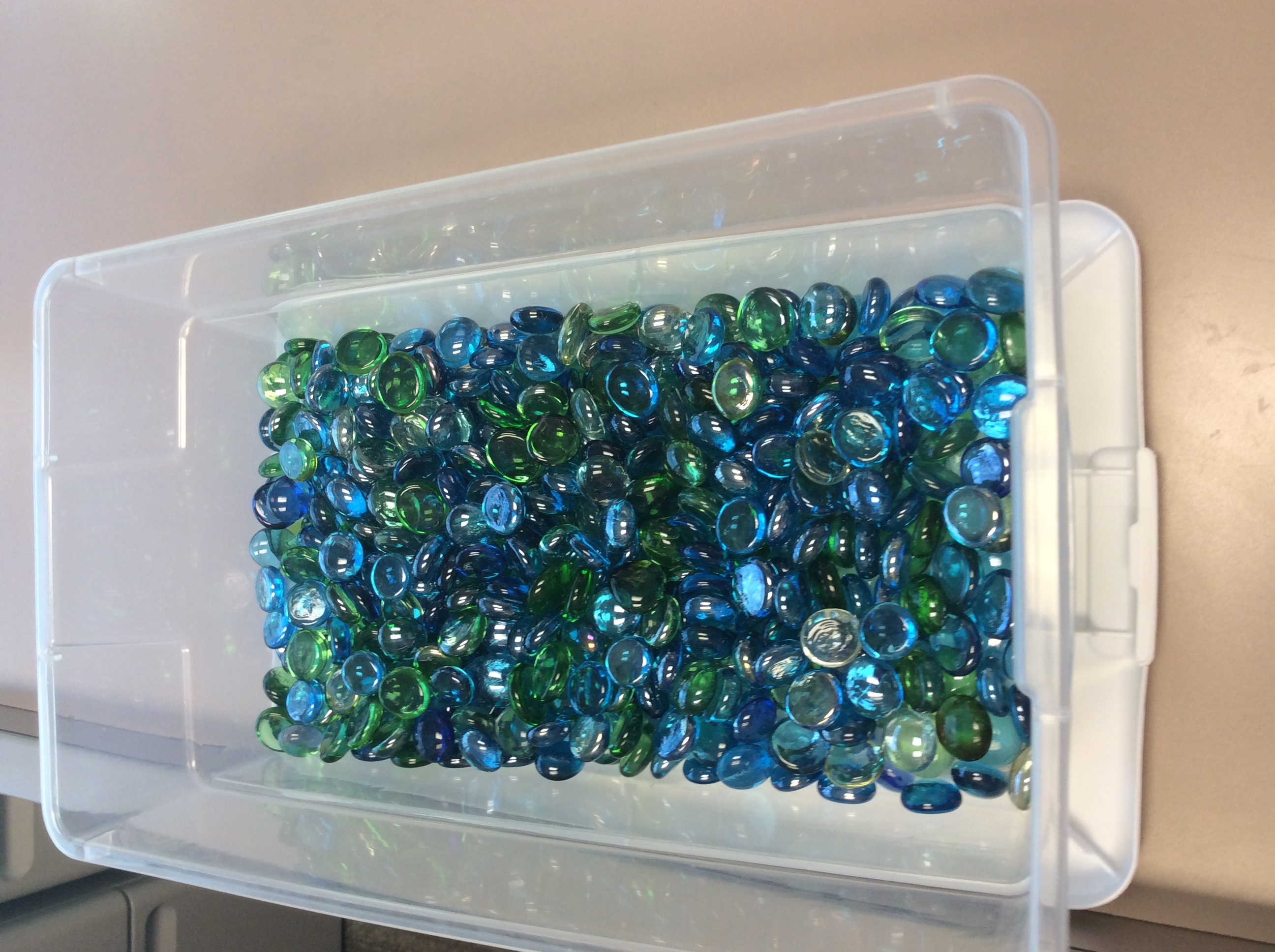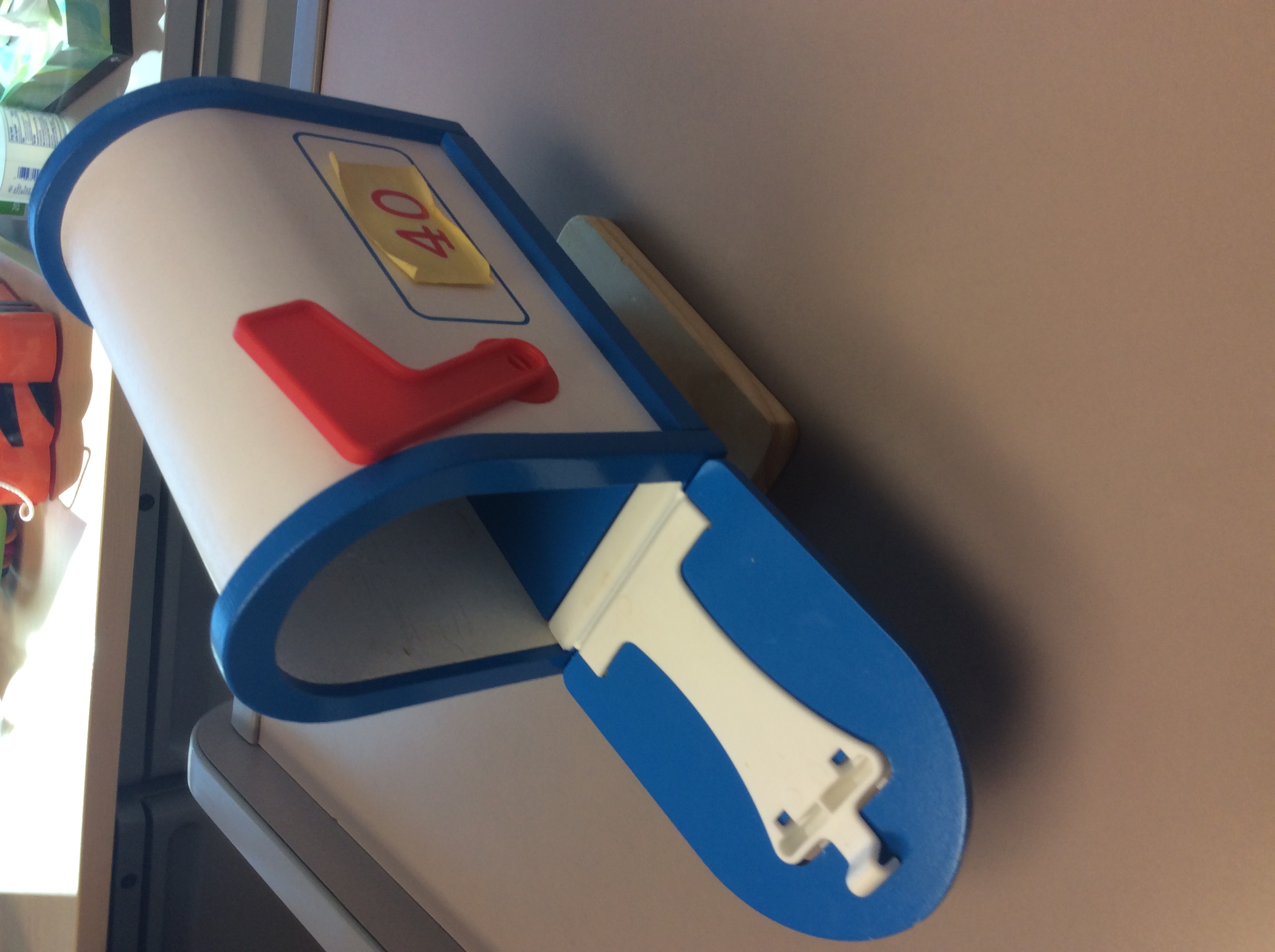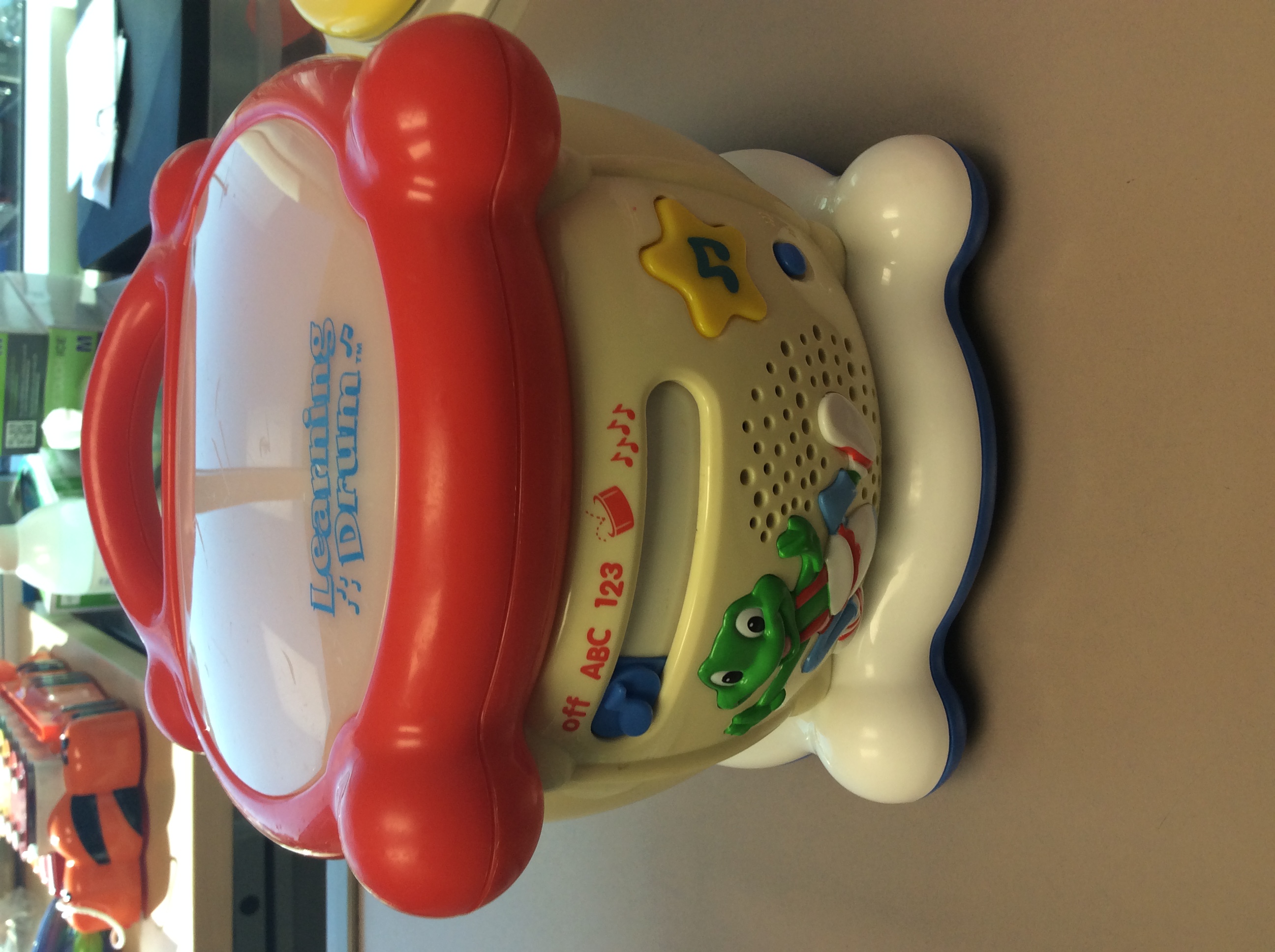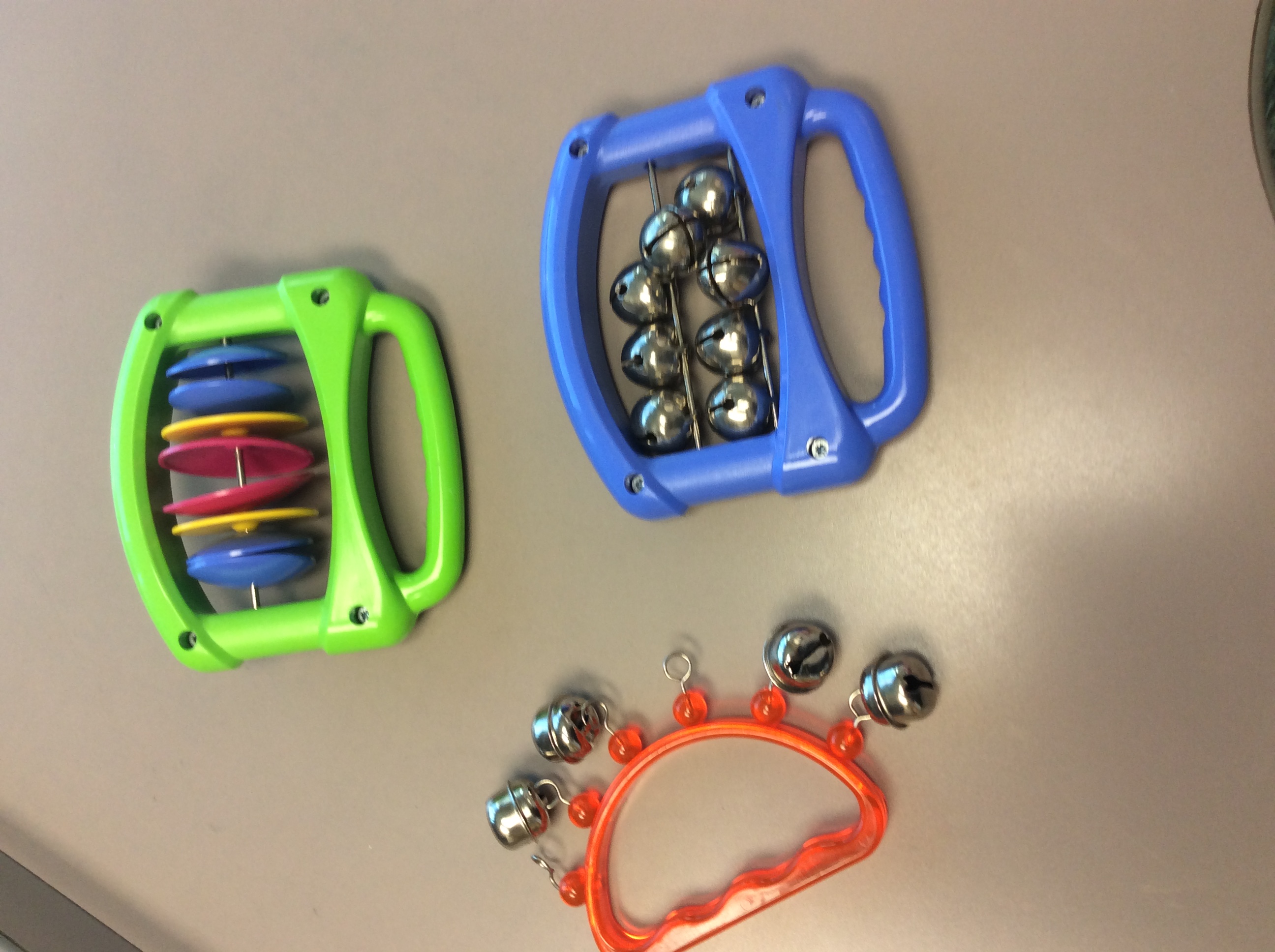Incorporating The Senses Into Communication and Play Development
11/6/2019 1:27 AM
Now that the relationship and development of play and language skills has been discussed the focus will be on identification of practical sensory based materials/activities that can be incorporated with individuals with severe communication disabilities. The play ideas that will be shared are similar in that they can be used to target communication development, while providing multi-modality sensory input and provide leisure and enjoyment to our clients/family members. The language and vocabulary that can be introduced/targeted in this type of play is immense. Specific language goals would be created for appropriate goals (joint attention, object imitation, verbal imitation, appropriate scaffolding of message).
If the individual with severe communication impairments is demonstrating sensory seeking or sensory avoidance behaviors an evaluation and treatment with an occupational therapist (OT) may be appropriate. If an individual is demonstrating Sensory Dysfunction an OT can help identify the appropriate types of inputs that an individual will respond best to. Once sensory processing needs have been identified, language can begin to be incorporated with appropriate sensory based activities.
It is now time to revisit that individual that came to mind from Post 1. Think about what that individual does when left alone. How does that action/behavior relate to the senses? If the child is spinning, there is a vestibular input occurring, if the individual watches the same 3 second clip of a YouTube show that is filling the visual senses, etc. Those behaviors and preferences are often helpful to incorporate into play that will be motivating and engaging and encourage joint attention, imitation and communication of language exchanges.
The benefits of sensory based played are numerous. When an individual engages in play that has a sensory component included all seven senses and potential learning channels are engaged. Sensations that can be engaged in sensory based play include: touch, hearing, seeing, tasting, smelling, proprioception and vestibular input. Additionally, sensory based play allots an individual opportunities to stimulate social, emotional, cognitive and motor skills. If sensory input is not integrated purposefully and usefully, an individual may not able to respond consistently and in an adaptive and appropriate ways.
An individual that cannot integrate sights, sounds, and other sensory inputs that compete with those inputs is not able to respond to those inputs and produce an adaptive response, which is the basis of communication. Instead, individuals who do not take in or respond to sensory input adequately may develop:
• sensory sensitivities or sensory-seeking behaviors
• stereotypical behaviors and vocalizations
• abnormal body movements or awareness
• and/or atypical speech sounds and patterns.
Taking the aforementioned learning channels and sensory inputs into consideration, many times playing in traditional playscapes is difficult for individuals with severe communication disabilities. In these instances, bringing a piece of a place scape to a structured setting in a measured and controlled exposures may be beneficial. When sensory based play experiences are introduced in small play setting the possibility of core language expansion is immense. Natural joint attention, imitation and language skills such as labeling, describing, commenting and requesting for objects can occur. The targets for language develop related to the senses could include (and definitely not limited to):
Visual – First and foremost it is imperative to know the client, if CVI or other visual impairment modifications to materials will be essential.
Individuals with under responsive visual senses may: Seek to look at bright lights, watch objects that move (fans), flick objects close to their eyes.
Individuals with over responsive visual senses may: Avoid looking at pages with busy print/pictures, prefer shade or darker areas
Depending on the type of visual input an individual is seeking play targets may include “I spy” type tasks, lava lamps, blowing pinwheels and watching them spin, engaging in play with spinning gears or light up toys. When targeting visual play language targets may include:, bright, color(specific), shapes, shiny, old/new, etc.
Auditory- this sense requires an individual to be able to process, pitch, volume, tone and general sound localization. Again it is critical to know the client, be aware of any sensory sound sensitivity issues.
Individuals with under responsive auditory sensations may:Not react to sounds, may provide self-auditory stimulation, such as humming, placing vibrating objects next to their ears.
Individuals with over responsive auditory sensations may: Appear easily distracted or startled by outside noises, routinely cover their ears and have difficulty in noisy environments.
Play including auditory senses could include music, playing instruments of different pitches, signing, popping bubble wrap. Incorporating books with sounds or puzzles with sounds. Sample language targets such as: loud/quiet, squeaky, boom, cry, pop.
Tactile- Touch is how we often receive input about the world around us. It is important to know the client, and to know if there are specific sensory integration (SI) preferences related to touch (light/firm).
Individuals with under responsive tactile input may be noted by:Seeking/craving touch. Always touching objects, or craving messing/dirty play.
Individuals with over responsive tactile systems my present: Avoid messy play, not tolerating clothing seams or tags, may dislike having hair washed
Depending on the individuals tactile system, finger painting, water play, digging in beans/rice/rocks, textured books may be appropriate.
Language and vocabulary that would be appropriate models and targets could be: smooth, bumpy, wet, soft/hard, sticky, warm/cold, crunchy.
Taste/oral modulation– during infancy we all learn through mouthing objects and identifying textures (soft/lumpy) and taste.
Individuals with under-responsive oral modulation may be noted to: Overstuff their mouths, lick objects, constantly mouth and chew objects.
While over-responsive oral modulation may be noted by: Avoiding teeth brushing, hyper gag reflex.
Smell – This sense can be addressed in correlation with taste; as the senses of taste and smell are closely related.
Individuals demonstrating under-responsive taste and smell may exhibit: Putting all objects to their nose and sniffing, may prefer strong smells and tastes (sour, burnt, spicy, etc).
Individuals exhibiting over-responsive taste and smell may:Gag easily at food textures/smells, prefer bland taste and smelling foods.
If there are not food sensitivities or limitations concepts could be targeted in a simple cooking tasks, graded for individual abilities. Imitation of functional object use (stirring, scooping, and pouring) can also be target. Sample vocabulary may include: stinky, good, odor, pew, delicious, yucky, and burnt. Play may also involve tasting and vocabulary such as: salty, sweet, sour, yummy, yucky, delicious, spicy, bland.
Proprioceptive –is input that is typically organizing in nature and engages the muscles and provides input to the joints.
An individual exhibiting under-response proprioception may present by: Frequently seek jumping, pulling, crashing, they may appear to have a high pain tolerance. They may appear clumsy and seek tight/confined spaces.
Sample heavy play activities could include:
Pulling a wagon or pushing a grocery cart filled with heavy objects
Carrying heavy objects (phone book, watering can, chair, backpack with books, laundry basket filled with clothing)
Pulling/squeezing playdoh
Rough house play, pretend wrestling, making a sandwich of the individual between couch cushions or in a beanbag
Jumping on a trampoline or jumping and crashing into bean bag
Children’s games (skipping, hopping, hopscotch, jump rope, leap frog, kick ball, obstacle courses, tug of war)
Light touch activities:
• Playing in shaving cream with fingerprints
• Hiding puzzle pieces or other objects in sand, bean, rice, popcorn kernels, rocks, etc,
• Textured books
• Playdoh, floam, putty, clay
• Fidget toys, squeeze balls, tangle toy
• Explore different types of wash cloths while engaging in baby play (washing, diapering, etc)
Craft activities with tactile materials (cotton balls, grass, felt, pine cones, yarn, wax paper)
Sample vocabulary that may be incorporated with sensory activities include: light/firm, deep/shallow, tight/loose, hard/soft
Vestibular Input- the vestibular system is located in the inner ear and is the first sensory system to fully develop in utero. This system controls 60% of an individual’s balance. It also directly and indirectly impacts all an individual does.
An individual with under responsive vestibular seeking may be noted by: Excessively seeking movement, spinning for long periods without getting dizzy, craving to hang upside down, rocking back and forth.
While individuals with over-responsive vestibular systems maybe noted by: Fear of leafing their feet from the ground, does not like swinging/slides, spinning, and being disoriented after this type of moment. This individual may get car sick.
Sample play activities could include
Rocking in a chair
Swinging
Sit n spin
Mini trampoline
Nursery rhymes (Head, Shoulders, Knees and Toes, Hokey-Pokey, Row-Row-Row Your Boat, Monkeys Jumping On a Bed).
Pretending to be animals and hop, crawl, jump, sway, fly, etc.
Other sample play activities that could be incorporated include:
Mail tube with cars, balls, etc. Make tower out of blocks, empty bottles, empty cans, etc, send a car or ball down a mail tube and knock the tower down. Initially goals of protodeclarative and protoimparitive skills can be targeted (point to objects needed, guiding the partner’s hand to stack blocks). As the individual becomes more engaged can work on directions (higher/lower, taller/shorter, near/closer/farther).
Sensory tubs with beans, water, rice, etc can be utilized to target imitation of actions, digging for objects , patting the materials, scooping and pouring the objects. Play could expand to sorting objects into other sensory bins (water objects are put in water, farm animals into a bin of hay). Address animal sounds, object imitation with splashing/jumping/swimming/running, etc with animal manipulatives. ( Targets for vocabulary could include: I want/need/see, the, goes, in)
Music! This is such a motivator. There are endless possibilities to use music as leisure and work (direction following, imitation of gestures or instrument play, requesting, filling in missing verbal pieces).
Fill a pretend shopping cart or laundry basket with food objects from the home. Initially, the goal could be for the individual to point to objects of desire, or demonstrate a 3 point gaze shift. The goals can expand to labeling and imitation of the actions: push/wheel, put objects in the cart when paying, find items on a speech generating device, or on a picture board. If the individual is older and capable, targets could include simple math skills, paying for objects etc. This could be done with visual supports, speech generating devices, dry erase boards, etc.
Early motor imitation and functional play schemes can be addressed by feeding puppets with pretend Velcro food. Cut foods in half and put pieces back together incorrectly (half broccoli and half apple), and target cognitive concepts of yes/no, “is this correct”. Feed the puppet different foods, “I like it, I don’t like it” and have the puppet spit the food out. (it is silly, unexpected)
Sensory bins can be used to hide objects, picture cards, words, etc in the rocks, beans, waterbeads.. The individual then finds the pictures and could match the object to a picture, or label the object they found by using a speech generating devices, picture boards, or verbalization.
What do I hear soundtracks of household sounds. Download an environmental/home sounds app. Play a sound anything from appliances, to pet sounds. Again, this is usually an expected activity and novel and typically gains shared social reciprocity.
Sorting utensils (plastic) into a utensil tray (for increased sensory needs it would be possible to stick utensils in putty and pull out for resistance). Have the child label on device, aided language board, verbal model, then target object imitation by sorting the utensil to the correct location in utensil tray.
Wash a baby doll, request items needed such a s water, soap, and towel. Discuss what to wash next on baby (head, belly), incorporate ADL’s into activity. Typically the cold water, splashing water, rubbing wash clothes on hands, foam soap texture, awakens sensory and language can be targeted specific to activity needs (soap, towel, rinse, water, dry, (body parts), etc).
Place objects in a play mailbox and have the child open the mailbox for their “special delivery” could be any target/concept (puzzles, matching objects, labeling, direction following).
If the child is rocking back and forth incorporate a song such as row your boat. Hold hands and rock back and forth while singing, pause and don’t fill in words for 3-5 seconds to allow the client processing time to respond. These activities also target protoimperative and declarative as well as motor imitation.
To reiterate a theme from Post 1, who knew targeting play could be so complex? My sincere hope is that the posts in this series have demonstrated that the power and development of play is critical to the development of language. The best advice anyone can give is, remember play shouldn’t be serious, let the individual lead you through observing their sensory responses and most importantly “just have fun”.






This post is part of the collection
